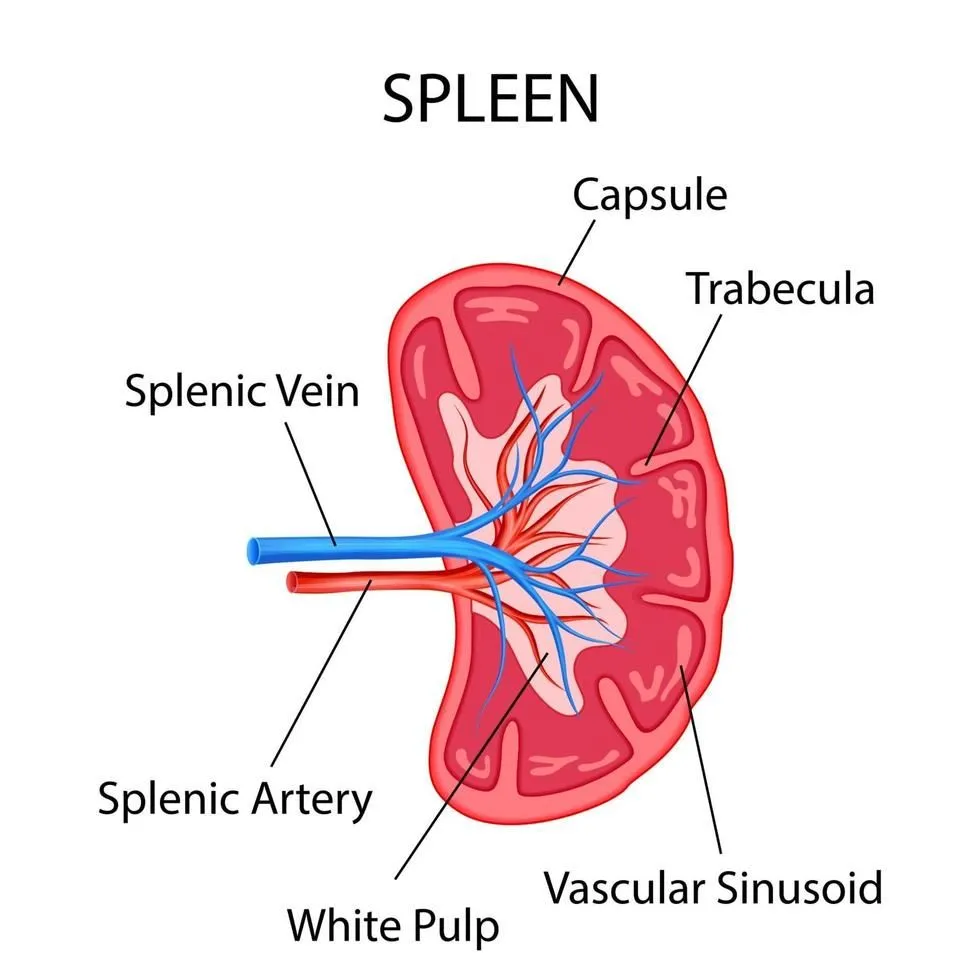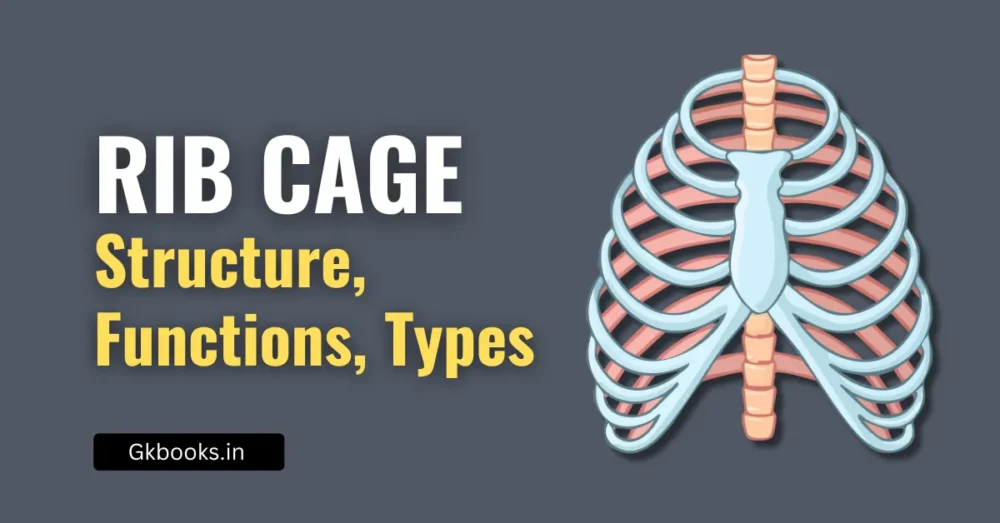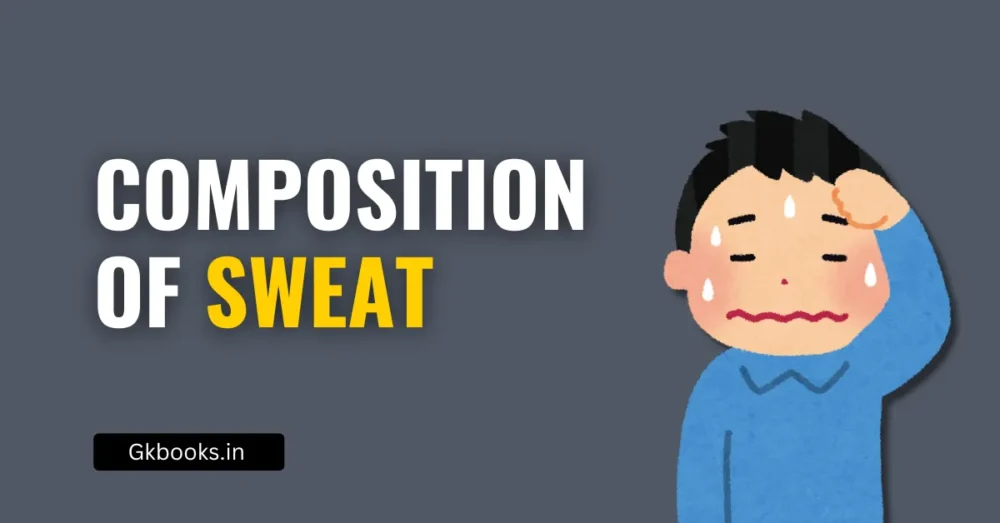The spleen is one of the most underrated yet crucial organs of the human body. Often overshadowed by more prominent organs like the liver or kidneys, the spleen plays a vital role in immunity and blood maintenance.
For students appearing in competitive exams like UPSC, SSC, NEET, or other state-level tests, understanding the spleen’s structure and function is essential not only for biology but also for general science and healthcare-related questions.
Basic Overview of the Spleen
◾ Type of Organ: Lymphoid organ
◾ Location: Left upper quadrant of the abdomen (left hypochondrium)
◾ Size: ~12 cm long in adults
◾ Weight: ~150–200 grams
◾ Shape: Oval or fist-shaped
◾ Color: Purplish-red due to rich blood supply
◾ System: Part of both the lymphatic system and circulatory system
Anatomical Position and Structure
◾ Location and Relations:
🔺 Lies just below the diaphragm, adjacent to the 9th–11th ribs
🔹 Closely related to organs like the stomach (anteriorly), kidney (posteriorly), colon (inferiorly), and pancreas (medially)
◾ Surface Features:
🔺 Visceral surface (contacts other organs)
🔹 Diaphragmatic surface (smooth, convex, contacts diaphragm)
◾ Internal Structure:
🔺 White Pulp: Lymphatic tissue involved in immune function
🔹 Red Pulp: Responsible for filtering blood and removing old or damaged RBCs

Blood Supply and Innervation
◾ Arterial Supply:
🔺 Spleen is supplied by the splenic artery, a branch of the celiac trunk
◾ Venous Drainage:
🔹 Blood from the spleen drains via the splenic vein → joins portal vein
◾ Lymphatic Drainage:
🔺 Lymph drains into pancreaticosplenic lymph nodes
◾ Nerve Supply:
🔹 Innervated by the celiac plexus (autonomic nerves)
📗Discover Here: Difference Between Kidney and Spleen
Major Functions of the Spleen
The spleen performs both immune and hematological functions:
1. Hematopoietic Function
◾ In fetal life, the spleen helps in the production of RBCs and WBCs.
◾ After birth, this function is taken over by bone marrow.
2. Blood Reservoir
◾ The spleen stores platelets and about 350 ml of blood, released during emergencies like hemorrhage.
3. Filtration of Blood
◾ Removes old, damaged, or malformed RBCs
◾ Filters microorganisms and antigens from the bloodstream
4. Immune Response
◾ Houses lymphocytes and macrophages that destroy pathogens
◾ Activates the adaptive immune system by producing antibodies
5. Iron Recycling
◾ Recycles iron from hemoglobin of destroyed red blood cells
Clinical Significance of the Spleen
Understanding common diseases and conditions associated with the spleen is important for both exams and practical knowledge.
1. Splenomegaly (Enlarged Spleen)
◾ Causes:
🔺 Infections (malaria, typhoid)
🔹 Liver diseases (cirrhosis)
🔺 Hematological disorders (leukemia)
◾ Symptoms:
🔹 Abdominal pain, fullness, anemia, frequent infections
2. Asplenia (Absence of Spleen)
◾ Can be congenital or acquired (after splenectomy)
◾ Results in weakened immunity
3. Hypersplenism
◾ Overactive spleen leads to excessive destruction of blood cells
◾ Causes anemia, thrombocytopenia, and leukopenia
4. Ruptured Spleen
◾ Caused by trauma or accident
◾ Can lead to internal bleeding – a medical emergency
To stay updated with the latest GK and Current Affairs infographics, follow our official Instagram and Facebook page and prepare for exams easily.
Splenectomy – Surgical Removal of the Spleen
◾ Indications for splenectomy:
🔺 Trauma, hypersplenism, tumors, or blood disorders like hereditary spherocytosis
◾ Post-splenectomy complications:
🔹 Increased risk of infections, especially by encapsulated bacteria (e.g., Streptococcus pneumoniae)
◾ Preventive Measure:
🔺 Patients are vaccinated post-surgery against common pathogens
Interesting Facts for Exams
◾ The spleen is often called the “graveyard of RBCs” due to its blood-filtering function.
◾ It is the largest lymphoid organ in the body.
◾ It can regenerate to some extent after partial removal.
◾ Splenic tissue can sometimes exist outside the spleen – called accessory spleens.
Importance of the Spleen in Competitive Exams
The spleen is a favorite topic in biology and general science sections of competitive exams. Here are some probable exam questions:
🔍 MCQ-Type Examples
Q1. Which of the following organs is known as the ‘graveyard of RBCs’?
A) Liver
B) Spleen
C) Kidney
D) Bone marrow
✅ Answer: B) Spleen
Q2. What is the main function of white pulp in the spleen?
A) Blood filtration
B) Iron storage
C) Immune response
D) RBC production
✅ Answer: C) Immune response
Q3. The spleen is a part of which system?
A) Endocrine
B) Excretory
C) Lymphatic
D) Digestive
✅ Answer: C) Lymphatic
Summary Table
| Feature | Details |
|---|---|
| Location | Left upper abdomen (9th–11th ribs) |
| Size & Weight | 12 cm; 150–200 grams |
| Structure | White pulp (immunity), Red pulp (filtration) |
| Main Functions | Blood filtration, immune support, iron recycling |
| Diseases | Splenomegaly, Asplenia, Hypersplenism |
| Exam Tagline | “Graveyard of RBCs” |
Final Words
The spleen may not be as popular as the heart or lungs, but its role in maintaining a healthy immune and blood system is undeniably critical. For exam aspirants, knowing about the spleen’s structure, function, and related disorders helps in multiple-choice questions, assertion-reason questions, and diagram-based questions.
💡 Tip for Students: Use labeled diagrams and flowcharts while revising this topic. Combine it with other lymphoid organs like thymus, tonsils, and lymph nodes for integrated revision.
FAQs on the Spleen
Q1. Can we live without a spleen?
✅ Yes, but the person becomes more prone to infections and must take preventive measures.
Q2. Is the spleen part of the digestive system?
❌ No, it is a lymphoid organ involved in blood and immunity.
Q3. What organ takes over after splenectomy?
✅ The liver and bone marrow compensate partially.
Key Takeaways
◾ The spleen is a multi-functional organ vital for immunity and blood maintenance.
◾ Understanding the structure-function relationship is crucial for competitive exams.
◾ Use mnemonics and diagrams for quick revisions and better retention.
📲Share and Save!
Liked this article? Share it with your friends preparing for NEET, SSC, UPSC, WBCS, or other state exams. Bookmark for quick revision!
🔖 Suggested Reading
- Liver – The Chemical Factory of the Body
- Lymphatic System Simplified for Exams
- Types of Immunity: Innate vs. Adaptive – Explained with Examples







